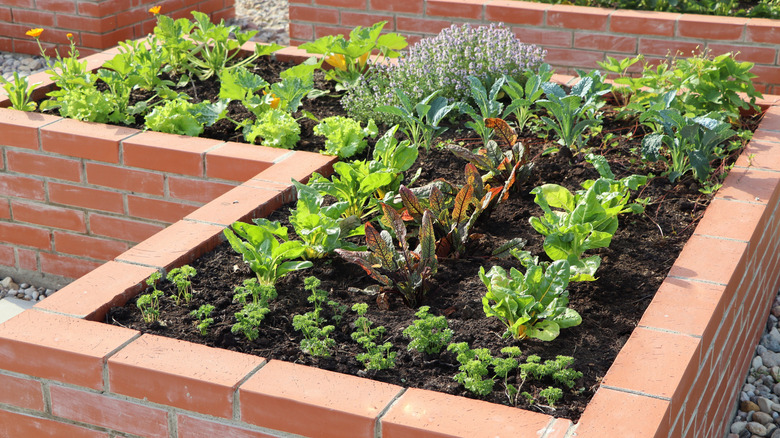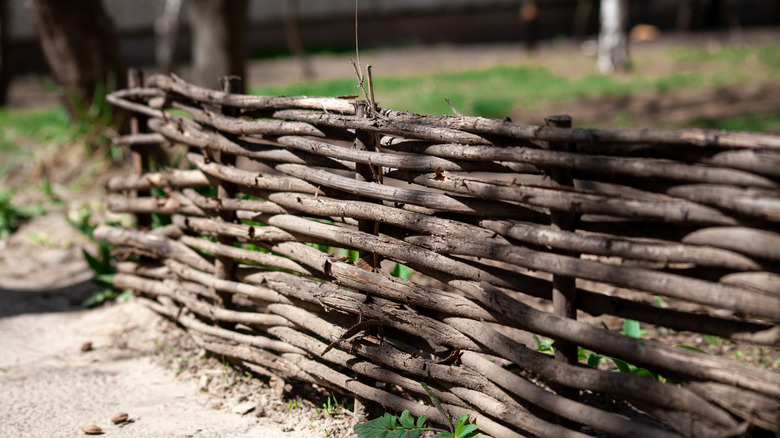The Overlooked Step That Will Help Your Kitchen Garden Thrive
Kitchen gardens have fed households for generations, offering herbs, greens, vegetables, and fruits just steps from the door. Traditionally, these small plots aren't random plantings but carefully planned spaces that balance beauty with practicality. Kitchen gardens are meant to be snipped and tended to a bit at a time. They are not wide swaths of vegetable rows to be put up for the winter months. Instead, kitchen gardens offer fresh additions to every meal, conveniently located so they can be harvested multiple times in a day. One common mistake when planning your kitchen garden and having it truly thrive is forgetting wind protection.
Wind can dry out the soil, stress delicate herbs, and stunt growth. Historically, kitchen gardens were often enclosed by hedges or walls to guard against harsh gusty winds to support climate-conscious gardening. These living fences can also keep out livestock and create microclimates, making it easier to grow tender plants or extend the season by weeks.
Thoughtful planning still matters for today's kitchen gardener, no matter how much space you have for growing. By considering wind protection in your design, you set up your plants for stronger growth and a longer growing season. Providing wind protection can also allow for varieties of plants that may not be able to survive in deeper cold or higher temperatures. Fences block wind but can also be used to provide shading for plants that can't tolerate the extended hot sun each day without a break. If used for wind breaks, shorter panels can be made that block just the area needed. They truly are an important and very useful addition to the garden.
How to create windbreaks for your kitchen garden
The best layout for your garden will also include a living fence or other protection from wind, offering beauty and function in classic kitchen garden style. But building wind protection doesn't have to mean expensive fencing. Hardy shrubs like boxwood (Buxus L.), privet(Ligustrum L.), or native berry bushes offer protection while feeding local wildlife. Even tall annuals like sunflowers (Helianthus L.) or corn can work in a pinch to shield vulnerable herbs. Wind protection is so important that even large-scale farmers plant strategically placed trees and shrubs, referred to as windbreaks, along the edges of their fields to protect against harsh winds.
Wattle fences or panels can also be constructed by weaving young branches of fruit trees or other flexible tree branches, such as the willow tree (Salix L.), between stakes driven into the ground. These types of fences, still popular today, are inexpensive and sturdy, made with little to no tools other than loppers or a hand saw, and can be completed quickly. If you're using willow, many times the branches will sprout and grow within the fence design, creating a living fence that lasts a lifetime. For more tips for growing a healthy garden with a DIY approach, try lashing bamboo poles together, teepee-style sticks, or cattle panels bent into archways. These vertical elements break the wind and double as support for climbing plants. Lattice panels are another flexible option, giving wind a filtered path while still offering stability. Creating wind protection for your kitchen garden can extend your harvest and create an inviting place for natural wildlife. It's a win-win for the gardener and the environment.

